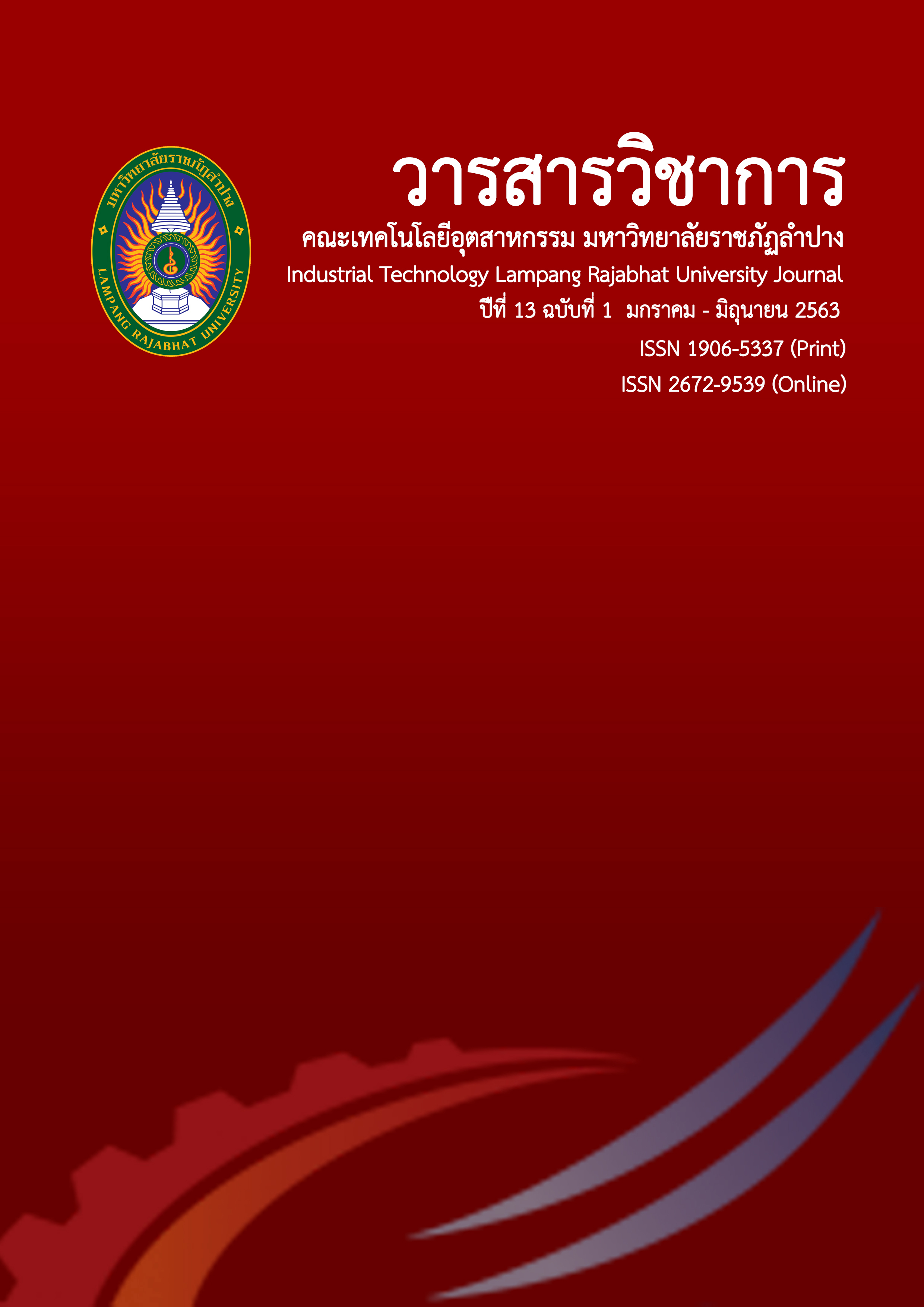Creative Ancient Almanac Silk Pattern Design from Ancient Khmer Art for Hand Woven Silk Community Groups in Surin Province
Keywords:
Silk Pattern Design, Ancient Almanac Silk, Ancient Khmer Fine Art, Hand-woven Silk, Illustrator CS programAbstract
The aims of this qualitative research were 1) to study ancient Khmer art history and hand-woven silk groups in Surin; 2) to use technology to help design silk patterns in ancient almanac; and 3) to discover the efficiency of ancient almanac silk pattern prototypes. The sample group was selected using purposive sampling. The first design development group consisted of the Ban Dan Charoen Silk Weaving Group, Krathiam subdistrict, Sangkha district and the Ban Sai Women Weaving Group, Jaraphat subdistrict, Sikhoraphum district. The second group for discovering the silk prototype properties that have been developed consisted of the Ban Nong Bua Silk Weaving Women Group, Nong Bua subdistrict, Sikhoraphum district and the Ban Ten Mi Silk Weaving Group, Tenme subdistrict, Muang district. The research instruments consisted of interviews, questionnaires, group discussions and participatory observation.
The research findings showed that in Thailand there is distinct Khmer art in the Kingdom of Jenla, relating to architecture, religious places, and castles, such as Prasat Sikhoraphum (Ra Ngaeng Castle) built around the 17 century as a worship place in the Shaivism religion, with Buddhist influence from the Lan Chang Kingdom with architectural features that resemble a pagoda among the 5 elements. This is one of the most beautiful and complete lintels in Thailand. In addition, the study of handwoven textiles in Surin Province found that most consist of mudmee fabrics. Moreover, in general, embroidering from the 2 to over 1,000 heddles, produced fabrics recognized internationally as high-class fabrics, such as the damask braid weaving silk and ancient almanac silk. The sample group was satisfied with the ancient almanac silk format. The silk pattern design technology used a graph table and computer design software consisting of a two - dimensional program. The ancient almanac silk pattern prototype was effective according to Meguigan’s standard with a score of 1.012. Therefore, the computer technology for designing the ancient almanac silk pattern can be applied to the capability of the hand-woven silk group of Surin province.
References
Jeaujan, J. (1909). The Development Database of Sikhoraphum Sanctuary’ Stone Engraving. [online], Available: http://prasatsikhoraphum.wordpress.org. access on Octet 10, 2018. (in Thai)
Khamdirat, C. Simmatun, P. and Nachairit, D. (2017). The Development of Web-based Instruction on Constructivist Theory with Lateral Thinking to Promote Creative Thinking Ability for Mathayomsuksa 1-3 Students. Journal of Education Khon kaen Universitiy (Graduate Studies Research), Vol.11(1), 35 – 46. (in Thai)
Saiyakit, P. Khiew Mang, K. and Nisamanee, N. (2015). A Study of Graphics design Pattern Mudmee silk, Chonnabot district, Khonkaen province for Product design, Art and Architecture Journal, Naresuan University, Vol.6(2), 148 - 164. (in Thai)
Meeprom, R. and Nilit, T. (2019). Mudmee silk pattern design for leading to development into a fashion product. Case study of the patterns of Whole Bpror fabric Surin Province. Institute of Culture and Arts Journal Srinakharinwirot University, Vol.20(2), 23 - 35. (in Thai)
Suthipong, A. and Suwanawat, S. (2016). Design of Teenjok Printing for Creating Contemporary Fashion from Thai Phun Wisdom, Sukhothai, Art and Architecture Journal, Naresuan University, Vol.7(2), 145 - 158. (in Thai)
Downloads
Published
Issue
Section
License
Copyright (c) 2020 Industry Technology Lampang Rajabhat University

This work is licensed under a Creative Commons Attribution-NonCommercial-NoDerivatives 4.0 International License.






